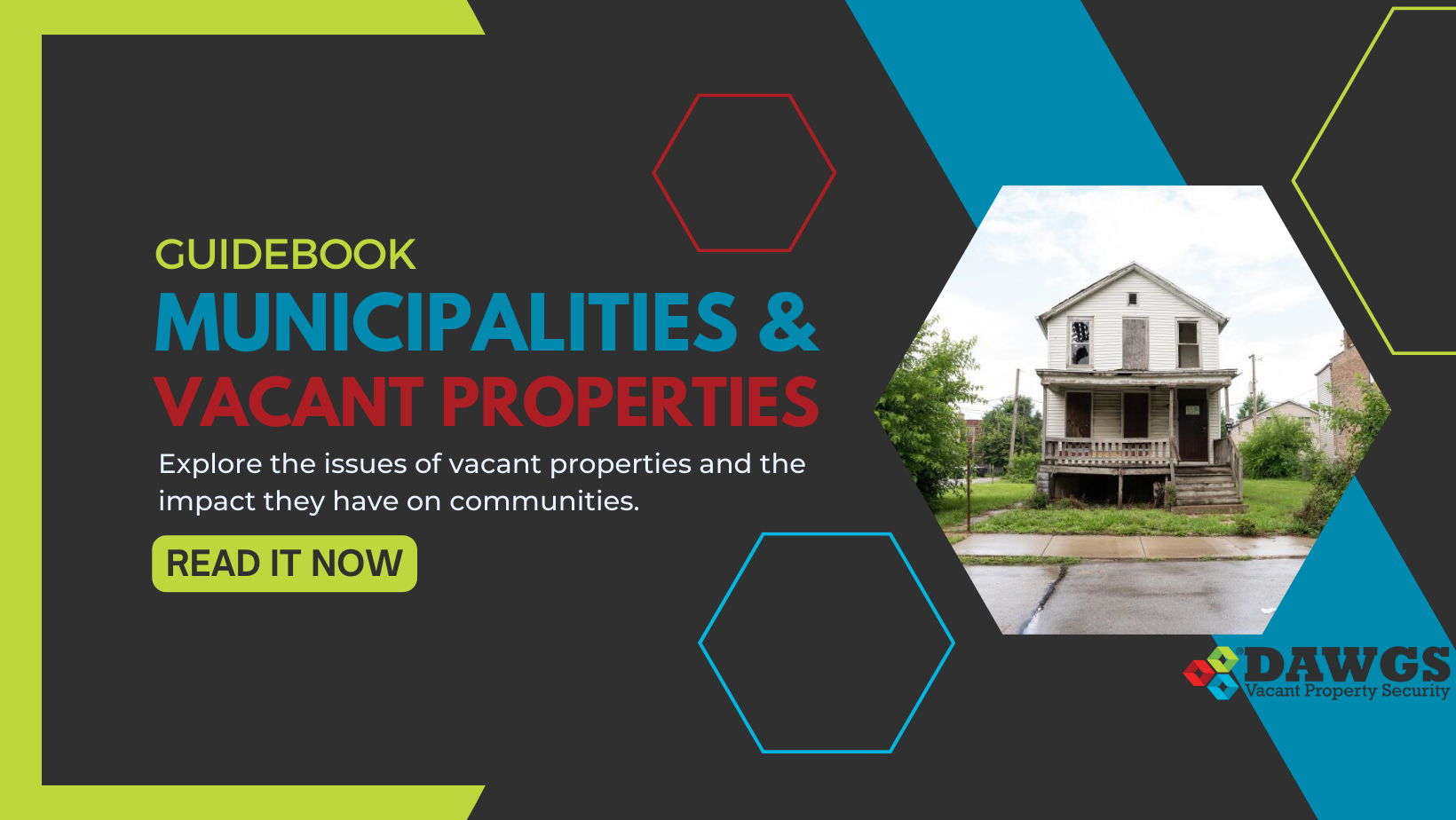Ensuring the stability of the housing market is crucial to prevent homes from becoming vacant and to quickly reoccupy those that have already been vacated.
To achieve this, various strategies can be implemented by municipalities, such as foreclosure prevention programs, rehabilitating homes for sale, or offering scattered-site rental housing. Marketing the neighborhood and revitalizing commercial sectors can also stimulate demand and attract residents to these areas, reducing the number of vacant homes.
Loan modification, refinancing programs, and foreclosure counseling can help homeowners stay in their houses. In the event of vacant properties, they may need to be renovated before they can be occupied again. In strong real estate markets, private investors may be motivated by economic incentives to buy, renovate, and sell these properties. However, public funding or intervention from nonprofit organizations may be necessary to turn a vacant home into one that a homeowner can occupy. While it is ideal for foreclosed and vacant properties to be occupied by homeowners, investor activity has led to the rental of single-family homes in neighborhoods with demand for rentals.
Community Development Corporations (CDCs) may be interested in acquiring properties that have been foreclosed on for tax reasons and renting them out. This would help increase the availability of affordable housing and stabilize the neighborhoods where the CDCs have already invested. In some cases, lenders or mortgage servicers may also choose to rent foreclosed homes to their former owners, providing similar benefits to the community as foreclosure prevention.
The success of strategies to reoccupy vacant homes, whether by owners or renters, depends on the ability of a neighborhood to attract and retain residents. One approach is to market the area to stabilize housing markets and decrease the number of vacant and abandoned homes. Revitalizing commercial sectors in areas with a solid market to support them can also help enhance the revitalization and stabilization of residential areas. When residential neighborhoods thrive, they can better support local retail businesses. Similarly, a variety of retail options can help attract and retain residents.
In some cases, it may be necessary to demolish severely dilapidated vacant properties, even in neighborhoods where the housing market is doing well. If the cost of fixing a vacant property is more than what it would be worth after renovation, market-based solutions may not be effective. However, when a structure is demolished, plans can be made for the vacant lot, such as turning it into a pathway, park, parking lot, or community garden. Research has shown that programs that clear and landscape vacant lots can improve residents’ sense of safety, reduce certain crimes, and increase property values.
Learn more about municipalities and vacant property. Download our free guidebook today.





